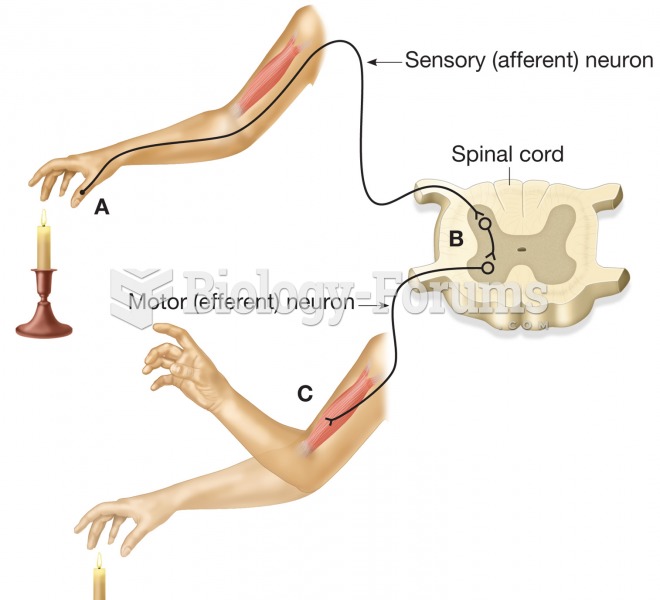Answer to Question 1
Answer: Creating successful persuasive messages in these challenging situations demands careful attention to all four tasks in the planning step, starting with an insightful analysis of your purpose and your audience. First, analyze the situation. In defining your purpose, make sure you're clear about what you really hope to achieve. The best persuasive messages are closely connected to your audience's desires and interests. To understand and categorize audience needs, you can refer to specific information, such as demographics (the age, gender, occupation, income, education, and other quantifiable characteristics of the people you're trying to persuade) and psychographics (personality, attitudes, lifestyle, and other psychological characteristics). When analyzing your audiences, take into account their cultural expectations and practices so that you don't undermine your persuasive message by using an inappropriate appeal or by organizing your message in a way that seems unfamiliar or uncomfortable to your readers. Once your situation analysis is complete, you need to gather the information necessary to create a compelling persuasive message. Media and channel choices are always important, of course, but these decisions are particularly sensitive with persuasive messages because such messages are often unexpected or even unwelcome. The nature of persuasion is to convince people to change their attitudes, beliefs, or actions, so most persuasive messages use the indirect approach. However, in some instances, such as when you have a close relationship with your audience and the message is welcome or at least neutral, the direct approach can be effective. Encourage a positive response to your persuasive messages by (1) using positive and polite language,
(2) understanding and respecting cultural differences, (3) being sensitive to organizational cultures, and (4) taking steps to establish your credibility. When you evaluate your content, try to judge your argument objectively and try not to overestimate your credibility. When revising for clarity and conciseness, carefully match the purpose and organization to audience needs. If possible, ask an experienced colleague who knows your audience well to review your draft. Your design elements must complement, not detract from, your argument. In addition, meticulous proofreading will identify any mechanical or spelling errors that would weaken your persuasive potential. Finally, make sure your distribution methods fit your audience's expectations as well as your purpose.
Answer to Question 2
Answer: The pros know from experience that details can make or break a persuasive message, so they're careful not to skimp on this part of the writing process. For instance, advertisers may have a dozen or more people review a message before it's released to the public.
When you evaluate your content, try to judge your argument objectively and try not to overestimate your credibility. When revising for clarity and conciseness, carefully match the purpose and organization to audience needs. If possible, ask an experienced colleague who knows your audience well to review your draft. Your design elements must complement, not detract from, your argument. In addition, meticulous proofreading will identify any mechanical or spelling errors that would weaken your persuasive potential. Finally, make sure your distribution methods fit your audience's expectations as well as your purpose.







